Carry Portraits
Tartan and trinkets, with artist Anna Marrone
We can learn a lot about someone from the material objects they rely on. With Anna Marrone, we get the sense that tactility is everything.
我们接受:
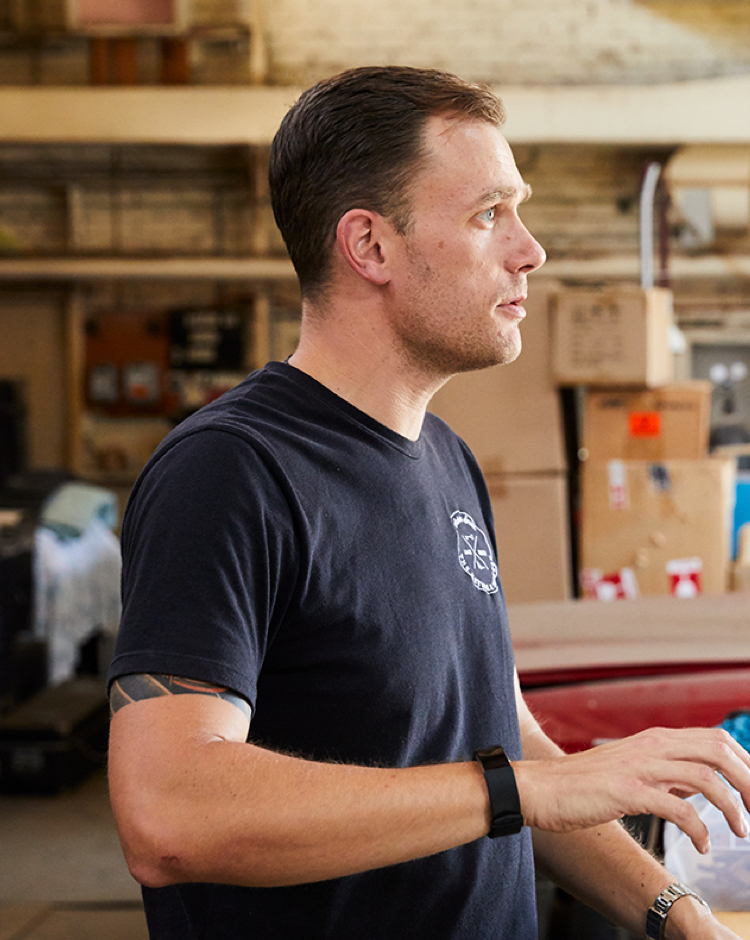
You could say, with a name like ‘Smith’, Aaron was destined to do something with his hands. As it turns out, he is a smith both in name and trade. Aaron Smith, a smith of locks. “I like doing things with my hands, I like breaking things and putting them back together and I’m a bit of a problem solver. So it was like ‘bang’, when you just find that thing and go ‘this is what I’m supposed to do’.
“Locksmithing is full of secrets,” explains Aaron. “It’s all a puzzle. I love when a lock opens – when it just clicks. That feeling is what keeps you coming back – when you beat the puzzle. It’s a constant battle, a backwards and forwards against the engineer or maker. And you’re trying to find a way to get the job done. I don’t really like telling people this, but it’s a really kickass job.”
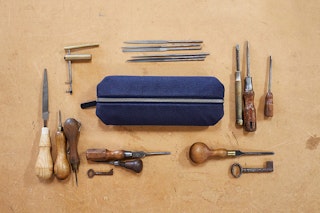
This enthused craftsman holds a deep interest in preserving traditional skills; far more interested in breaking open a safe from the 1800s, than a lock installed by electric screwdriver. And so, looking inside his toolkit is like straight into an era none of us has known. “The earliest lock I’ve done is from 1667,” says Aaron. “It was an antique cabinet worth about $40,000. You don’t want to muck that up!”
‘Keys cut, locks repaired and safes opened’, states his Instagram bio. But that doesn’t quite do Aaron’s trade justice. His commissions have included hand-cutting keys to locks from the 1850s, opening age-old safes (and being the first to see the treasure inside), and restoration of ancient locks.
Naturally, such a “kickass job” requires some pretty interesting things. And the pride that Aaron takes in his work shines through in the way he described his tools.
This enthused craftsman holds a deep interest in preserving traditional skills; far more interested in breaking open a safe from the 1800s, than a lock installed by electric screwdriver.
“Sometimes we need antique screwdrivers, because antique screws don’t fit modern screwdrivers. You might be trying to take a screw out that hasn’t come out in about 200 years. You really want to make sure that you’re not destroying it. Sometimes people say ‘Oh I’ve got Grandpa’s old screwdrivers’ and I let them know that I’d be happy to put them to good use.”
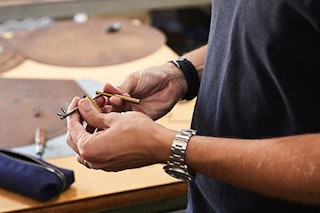
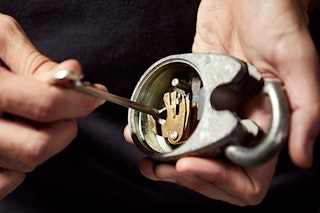
“Walking around and swapping locks in and out with an electric screwdriver... it doesn’t do it for me. But this, it keeps giving. Your hand skills always get better and you get that sense of satisfaction all the time. That's the thing, with these hand tools, that I really enjoy. I don’t think there’s an end to the things I can learn. And that’s what I really enjoy about locksmithing.”
“Some locks just can’t be picked. Where it’s just not possible to make a pick that’s small enough and accurate enough without breaking the tool every time. And that eats away at me a bit. If I can’t beat the challenge I’m like, ‘I’ll come back to that’. “I’ve been back to safe opening conferences, where I’ve said ‘you leave that here, I’ll come back next year and get it open.’”
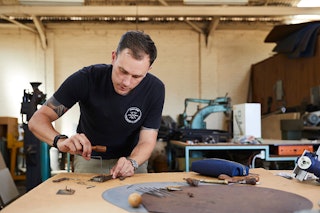
“With just this kit – a file and my screwdrivers – I can get 99.9% of my jobs done. If they’re all in one spot it’s great, I just pick it up and ‘bang’, off I go. Sometimes I don’t even need to take my whole tool bag. I’d rather keep it small and limited – think about the job I’m going to do, and only take the things I need.”.
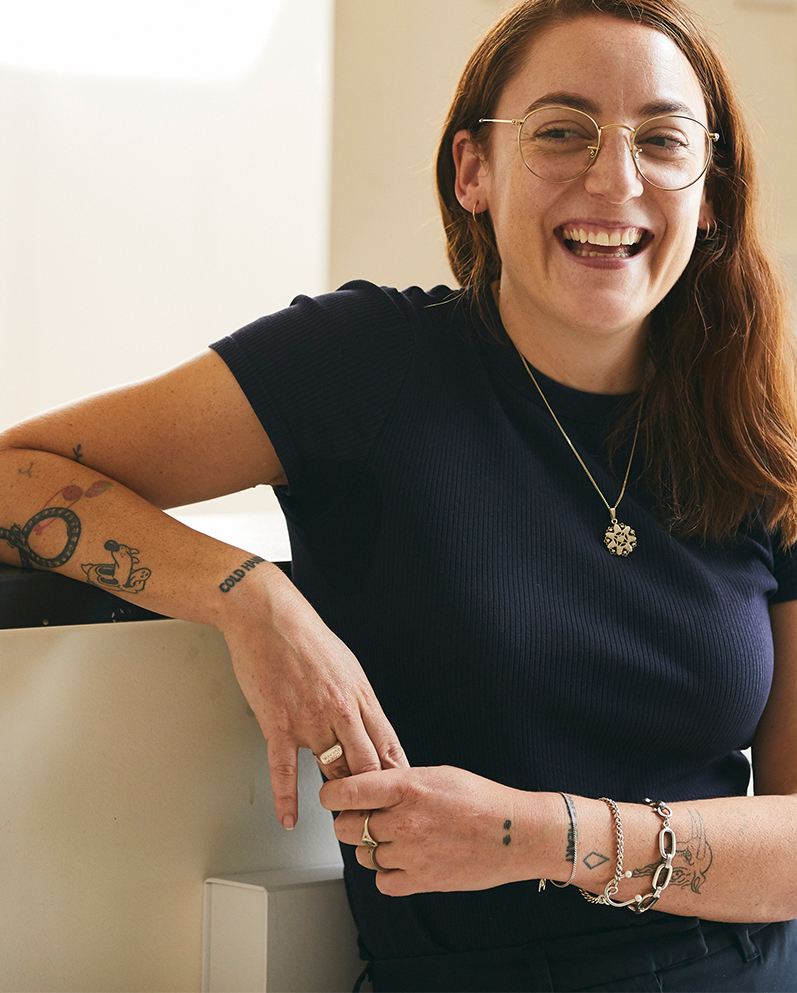
We can learn a lot about someone from the material objects they rely on. With Anna Marrone, we get the sense that tactility is everything.

As design heroes go, few others speak to Bellroy's guiding principles quite as coherently as Patagonia.
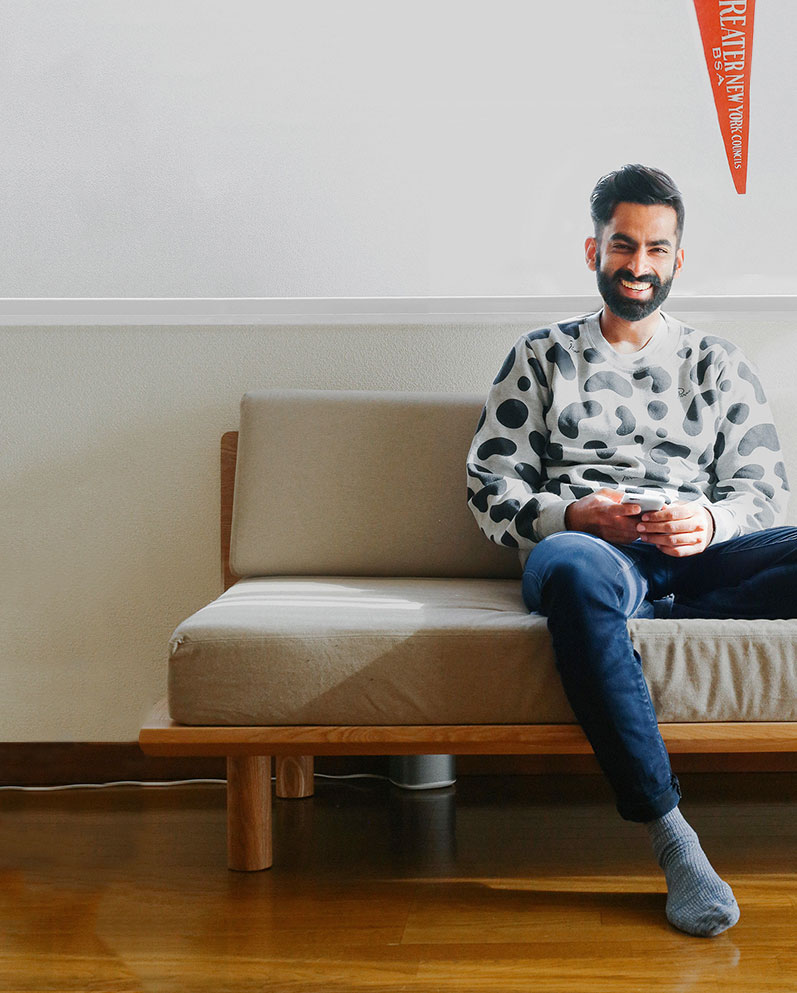
Australian artist and illustrator Karan Singh describes his career path as a personal project that just got out of hand.